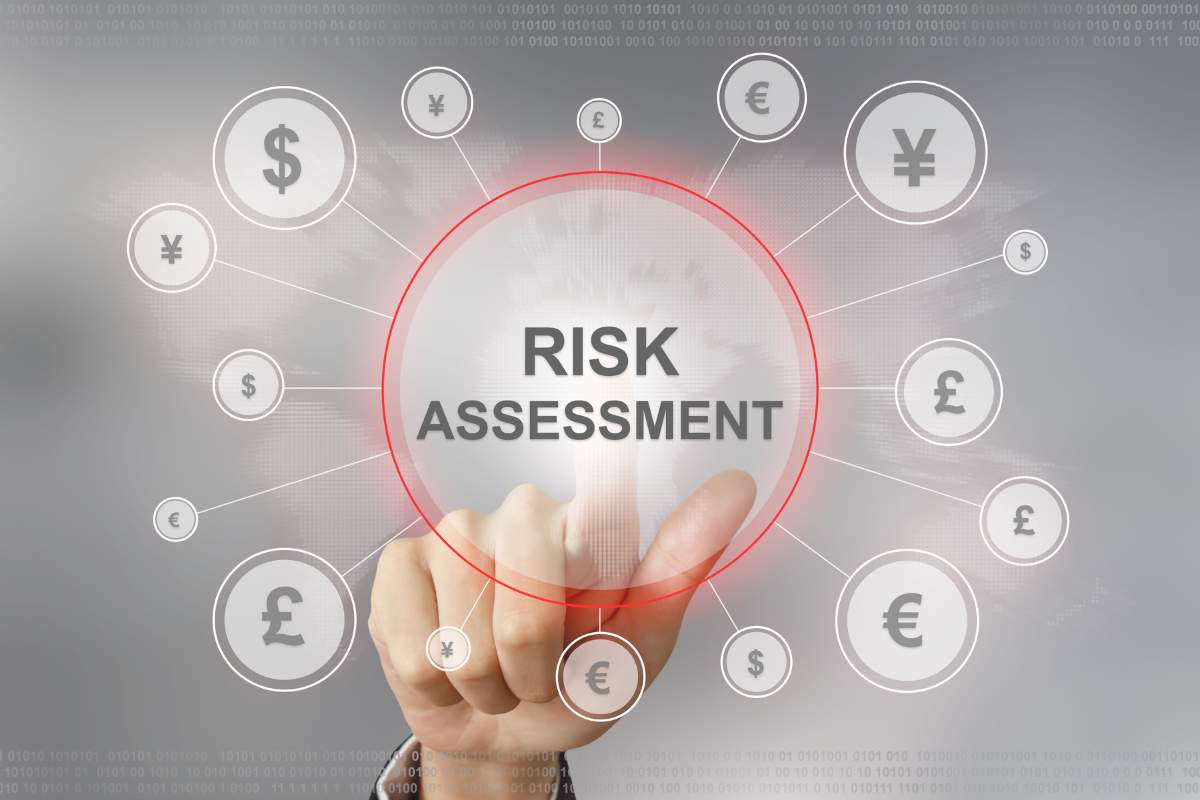In today’s fast-paced business environment, risk assessment and mitigation are critical processes that help organizations navigate potential threats and minimize their impact. Whether you’re running a small business or managing a large corporation, understanding how to identify, evaluate, and address risks can be the difference between success and failure. In this article, we will explore what risk assessment entails, the various types of risks businesses face, and how to effectively mitigate these risks to protect your organization’s future.
What is Risk Assessment?

Risk assessment is the process of identifying potential hazards and evaluating their likelihood and consequences. It involves a thorough analysis of factors that could disrupt your business operations, impact your financial stability, or damage your reputation. Once identified, these risks are ranked according to their severity, enabling decision-makers to prioritize them for action.
A well-executed risk assessment provides a clear understanding of what could go wrong, how likely it is to happen, and the potential consequences. This process allows businesses to take proactive measures, ensuring they are prepared to handle risks effectively if and when they arise.
Types of Risks in Business
Businesses face a wide variety of risks that can originate from internal or external sources. Understanding these risks is essential for effective risk assessment and mitigation. Some of the common types of risks include:
- Operational Risks: These risks stem from internal processes, systems, or employees. For example, faulty machinery, data breaches, or employee errors can disrupt operations and lead to financial losses.
- Financial Risks: These are related to the financial health of a business. They include risks like fluctuating market conditions, changes in interest rates, or cash flow issues that can hinder a company’s ability to meet its financial obligations.
- Compliance Risks: Compliance risks arise from the need to adhere to laws, regulations, and industry standards. Failing to comply with legal requirements can result in fines, legal actions, or reputational damage.
- Strategic Risks: These risks are tied to the overall direction and decisions of a business. Poorly planned strategies or misalignment with market demands can lead to failure in achieving business goals.
- Reputational Risks: Damage to a company’s reputation can occur due to product recalls, unethical practices, or negative media coverage. This type of risk can have long-lasting effects on customer trust and loyalty.
- Environmental Risks: With increasing awareness of environmental sustainability, companies must also consider the risks posed by climate change, natural disasters, and other environmental factors.
The Risk Assessment Process
A structured approach to risk assessment and mitigation involves several key steps:

1. Identify Risks
The first step in risk assessment is to identify all potential risks that could impact your business. This involves engaging with different departments, employees, and stakeholders to gather a comprehensive list of internal and external risks. Techniques such as brainstorming sessions, interviews, and reviewing historical data can help identify potential hazards.
2. Analyze Risks
Once risks have been identified, the next step is to analyze their potential impact. This analysis should consider both the likelihood of the risk occurring and the severity of its consequences. Risks that are more likely to occur or have more significant impacts should be given higher priority for mitigation efforts.
3. Evaluate Risks
After analyzing the risks, businesses must evaluate which ones require immediate attention and which can be monitored for future action. Risks are typically ranked according to their priority, and businesses often use a risk matrix to visually represent the level of each risk. This step is crucial in helping decision-makers allocate resources efficiently.
4. Implement Mitigation Strategies
Once risks are evaluated, it’s time to implement mitigation strategies. Mitigation involves taking action to reduce either the likelihood of the risk occurring or its impact if it does occur. For example, installing security software can reduce the risk of a cyberattack, while purchasing insurance can help mitigate financial risks.
5. Monitor and Review
Risk management is an ongoing process. Regularly reviewing and monitoring risks is essential for ensuring that mitigation strategies remain effective. As the business environment evolves, new risks may emerge, and existing risks may change in priority. Continuous monitoring helps businesses stay prepared.
Mitigation Techniques
Effective risk assessment and mitigation require the use of various strategies and tools tailored to the specific risks a business faces. Some common mitigation techniques include:
1. Risk Avoidance
In some cases, it may be possible to avoid risks altogether by altering business practices. For example, a company may decide not to enter a risky market or discontinue a product that poses a high risk.
2. Risk Reduction
This approach focuses on reducing either the likelihood of the risk occurring or its impact. Installing fire alarms and sprinkler systems, for instance, can reduce the impact of a fire in a building.
3. Risk Transfer
Transferring risk to a third party, such as purchasing insurance, is another common mitigation strategy. This helps a business manage financial risks by shifting the responsibility to another entity.
4. Risk Acceptance
In some cases, businesses may decide to accept certain risks if the cost of mitigation outweighs the potential impact. This is common with low-priority risks that are unlikely to cause significant harm.
5. Contingency Planning
Having a plan in place to respond to risks when they occur is another form of mitigation. This involves creating detailed action plans for various risk scenarios, such as natural disasters or data breaches, to ensure a swift and effective response.
The Importance of Risk Mitigation

Risk assessment and mitigation are not just about preventing negative outcomes; they are essential for maintaining business continuity and achieving long-term success. Without proper risk management, businesses expose themselves to significant threats that could jeopardize their operations, financial health, and reputation.
Mitigating risks also fosters a culture of preparedness within the organization. Employees are more likely to act quickly and effectively when a crisis arises if they are already familiar with the risks and know how to respond. This proactive mindset is crucial for minimizing the disruption caused by unforeseen events.
Furthermore, customers and investors are more likely to trust businesses that demonstrate a commitment to risk assessment and mitigation. By showing that you have a plan in place to address potential risks, you can strengthen relationships with stakeholders and create a more resilient business.
Conclusion
In today’s dynamic business environment, risk assessment and mitigation play an indispensable role in safeguarding your organization. From identifying potential threats to implementing effective mitigation strategies, these processes help businesses navigate uncertainty and protect their assets. By taking a proactive approach to risk management, you can reduce the likelihood of crises, minimize their impact, and ensure the continued success of your business.
Investing time and resources in comprehensive risk assessment and mitigation strategies is not only a wise decision but also a critical one for any business looking to thrive in an increasingly complex world.
Did you find this article helpful? Visit more of our blogs! Enterprise Chronicles









